Ensuring that your Wi-Fi driver is properly installed and up-to-date is crucial for maintaining a reliable and efficient wireless connection on your Windows 11 PC. Drivers act as a communication bridge between your operating system and hardware devices, such as your Wi-Fi adapter. Whether you're setting up a new wireless adapter or seeking to improve performance with a driver update, there are several methods you can use to install or update your Wi-Fi driver.
Install or update Wi-Fi driver from Windows Update
One of the easiest ways to install or update your Wi-Fi driver is through Windows Update. This method ensures that you get drivers that are compatible and verified by Microsoft for your system.
Step 1: Right-click on the 'Start' button in the taskbar or press WINDOWS + X to open the Quick Access menu. From the list, select 'Settings'. Alternatively, you can press WINDOWS + I to open the 'Settings' app directly.

Step 2: In the 'Settings' window, click on the 'Windows Update' tab on the left sidebar.

Step 3: On the right pane, select 'Advanced options'.
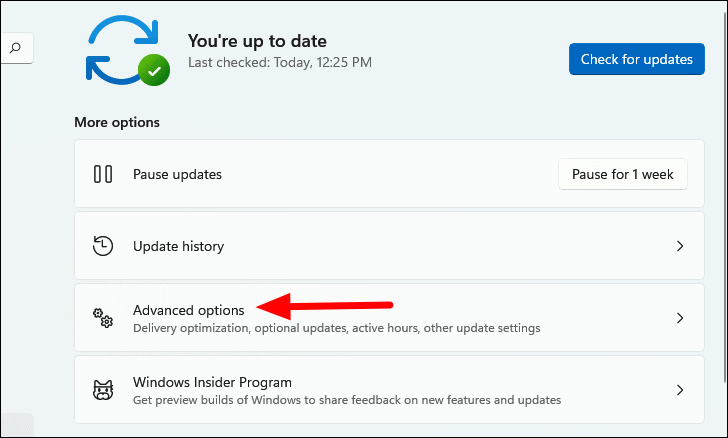
Step 4: Under 'Additional options', click on 'Optional updates'.

Step 5: If a driver update for your Wi-Fi adapter is available, it will be listed here. Check the box next to the Wi-Fi driver and click 'Download & install'.
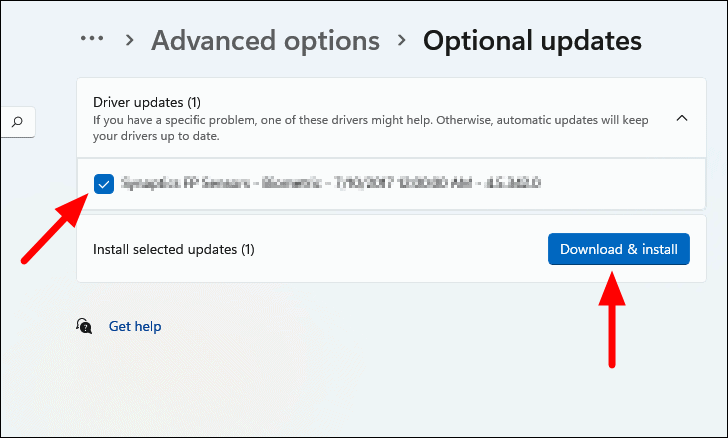
After the installation is complete, restart your PC if prompted to ensure the new driver is properly applied.
Install or update from Device Manager
The Device Manager allows you to manage hardware and update drivers manually. You can use it to install or update your Wi-Fi driver as follows:
Step 1: Press WINDOWS + S to open the Search menu, type 'Device Manager' in the search bar, and select it from the results.

Step 2: In the Device Manager window, find 'Network adapters' and double-click it to expand the list.

Step 3: Locate your Wi-Fi adapter, right-click on it, and select 'Update driver' from the context menu.
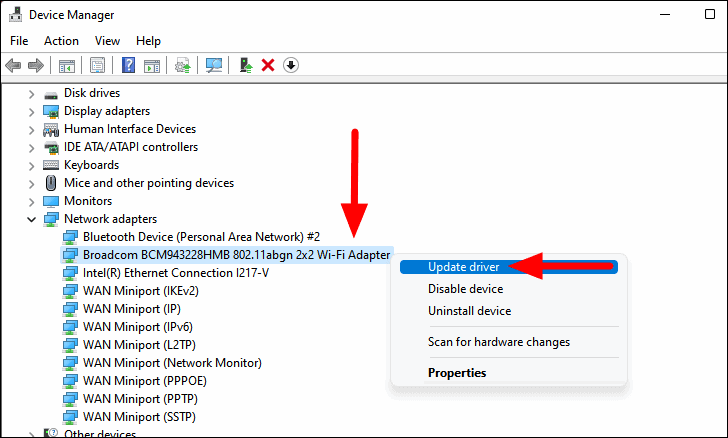
Step 4: Choose 'Search automatically for drivers'. Windows will search your system and the internet for the latest driver software and install it if available.
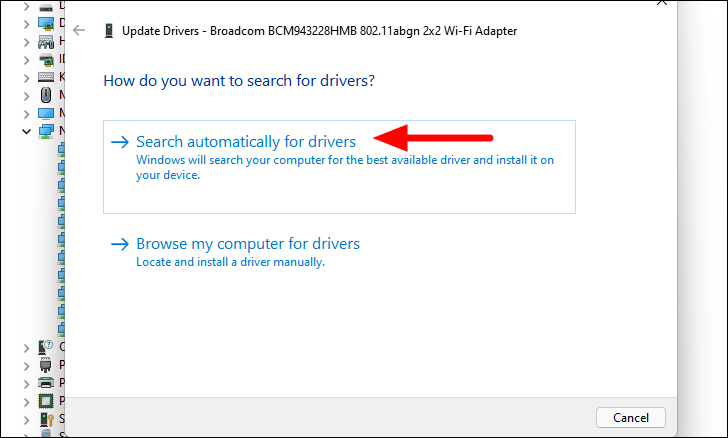
Once the process is complete, Windows will inform you if the best drivers are already installed or if it has updated them. Restart your computer if required.
Download the Wi-Fi driver from the manufacturer's website
If Windows doesn't find a suitable driver, you can download the latest version directly from the manufacturer's official website. This method ensures you have the most recent driver tailored specifically for your hardware.
Note: It's recommended to create a system restore point before proceeding, so you can revert back if needed.
Step 1: Identify your Wi-Fi adapter and driver version
Note: If you're installing a driver for the first time, you can skip to Step 2. If you're updating an existing driver, follow these steps to identify your adapter model and current driver version.
Step 1: Open Device Manager by pressing WINDOWS + S, typing 'Device Manager', and selecting it from the results. Expand 'Network adapters', right-click your Wi-Fi adapter, and choose 'Properties'.
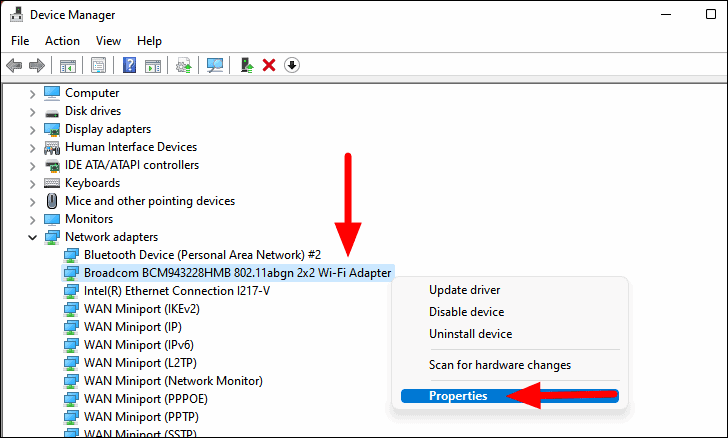
Step 2: In the 'Properties' window, go to the 'Driver' tab. Here, you'll find the adapter name and driver version. Make a note of these details.

Step 2: Download the driver
Step 1: Using a web browser, go to the official website of your Wi-Fi adapter's manufacturer or your laptop's manufacturer. Search for the latest driver that matches your adapter model and Windows 11.
Step 2: Download the appropriate driver file to your computer. If you're unable to access the internet on the affected PC, use another computer to download the driver and transfer it via a USB drive.
Step 3: Install the driver
The installation method depends on the file type you've downloaded. Follow the instructions below based on the file format.
Installing executable driver files
If the driver file is an executable (.exe), you can install it directly.
Step 1: Double-click the downloaded .exe file to launch the installer. If a User Account Control prompt appears, click 'Yes' to proceed.
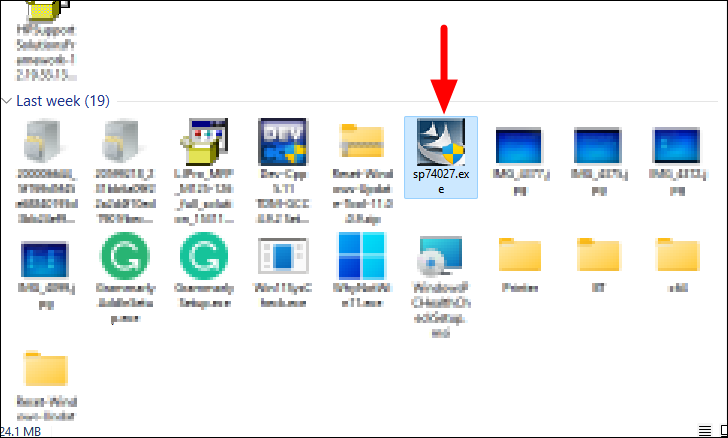
Step 2: Follow the on-screen instructions to complete the installation process.
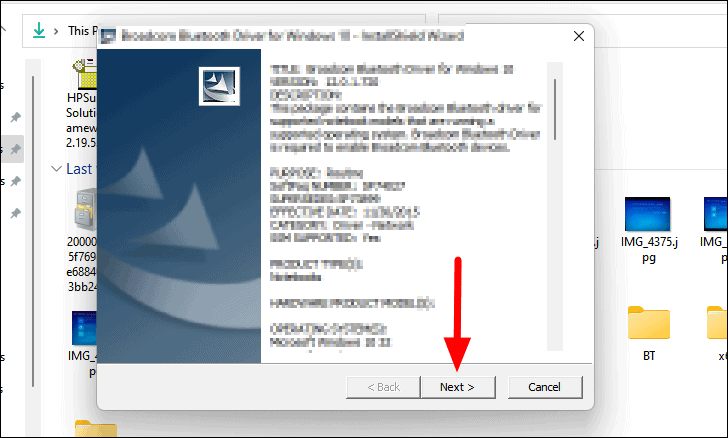
Step 3: After installation, restart your computer to apply the changes.
Installing .cab driver files
If the driver is in a compressed .cab file, you'll need to extract and install it manually through Device Manager.
Step 1: Extract the .cab file to a folder using a file extraction tool like 7-Zip or by opening the file and copying its contents.
Step 2: Open Device Manager, expand 'Network adapters', right-click your Wi-Fi adapter, and select 'Update driver'.
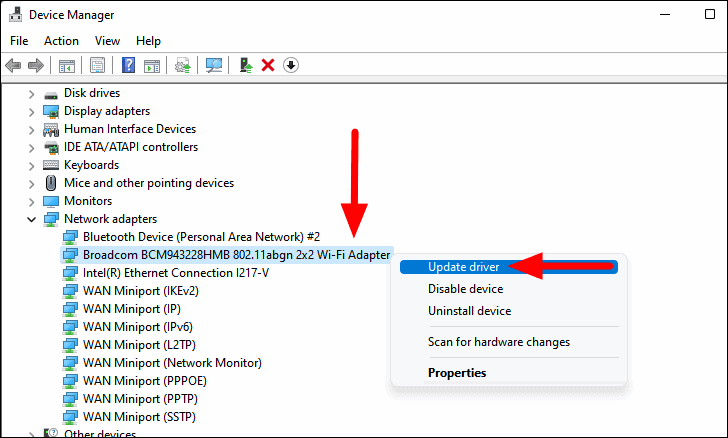
Step 3: Choose 'Browse my computer for drivers'.
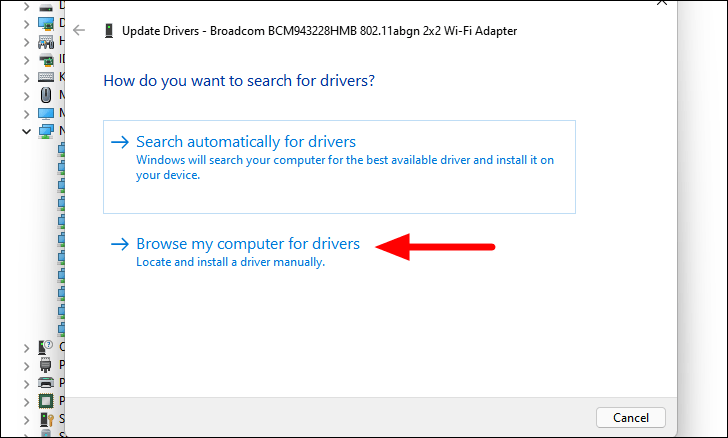
Step 4: Click 'Let me pick from a list of available drivers on my computer'.
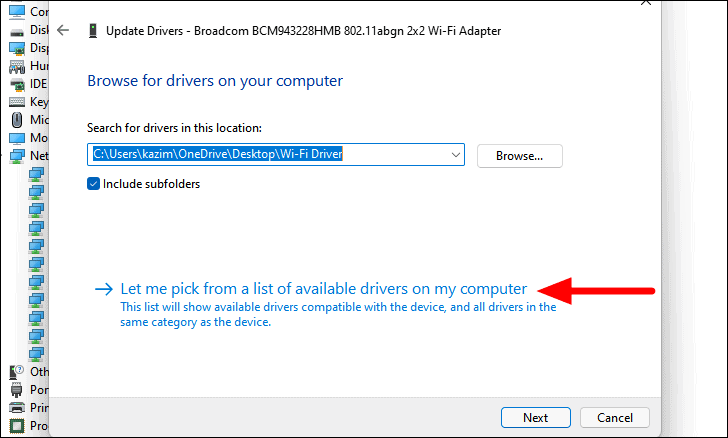
Step 5: Click 'Have Disk'.

Step 6: Click 'Browse' and navigate to the folder where you extracted the driver files. Select the .inf file and click 'Open'.

Step 7: Click 'OK', then select the driver from the list and click 'Next' to begin the installation.
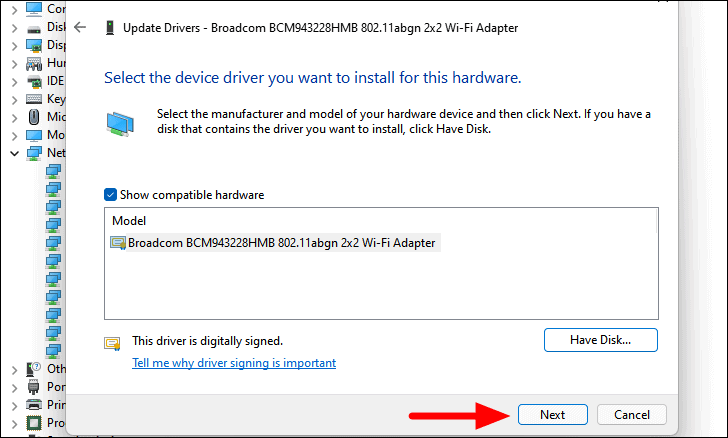
Step 8: Once the installation is complete, a message will confirm the successful update. Restart your computer to finalize the process.
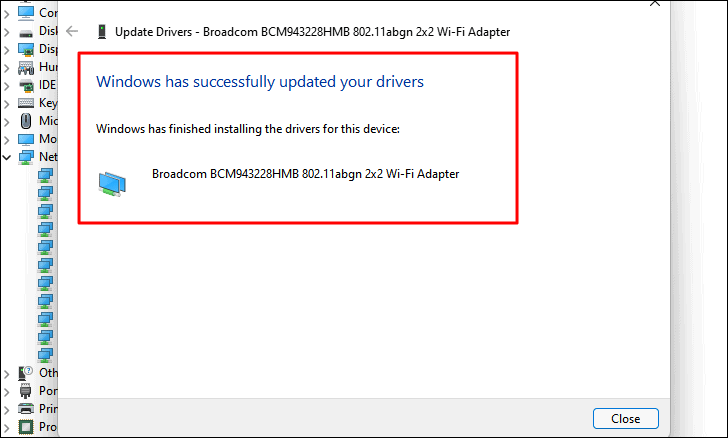
If you encounter different file types, refer to the manufacturer's instructions for installation. The process is generally similar across different formats.
Install from the disc that came with the external Wi-Fi adapter
If you're using an external Wi-Fi adapter, it may come with a disc containing the necessary drivers.
Step 1: Insert the driver disc into your computer's CD/DVD drive.
Step 2: Open the disc in File Explorer and run the installer. Follow the on-screen instructions to install the driver.
Note: Avoid installing any additional third-party software that may be included on the disc. Such software may not provide significant benefits and could slow down your system. Windows can manage driver updates without the need for extra applications.
Keeping your Wi-Fi driver updated is essential for optimal network performance and stability on Windows 11. By following these methods, you can ensure your wireless adapter functions correctly. If you experience any issues after updating, you can roll back the driver update to a previous version.

